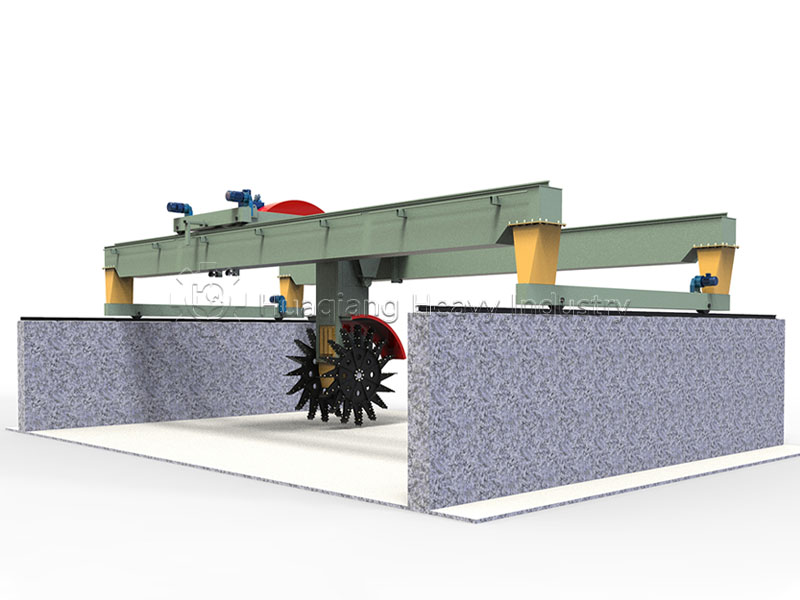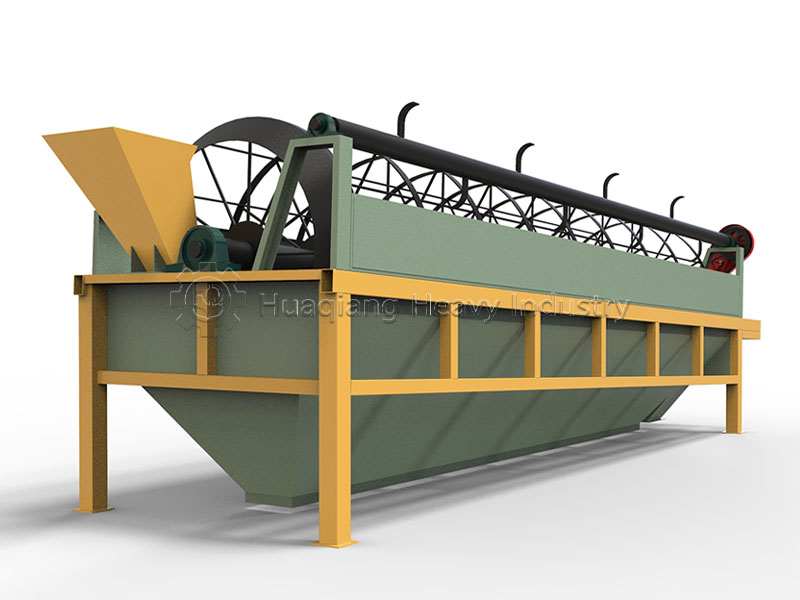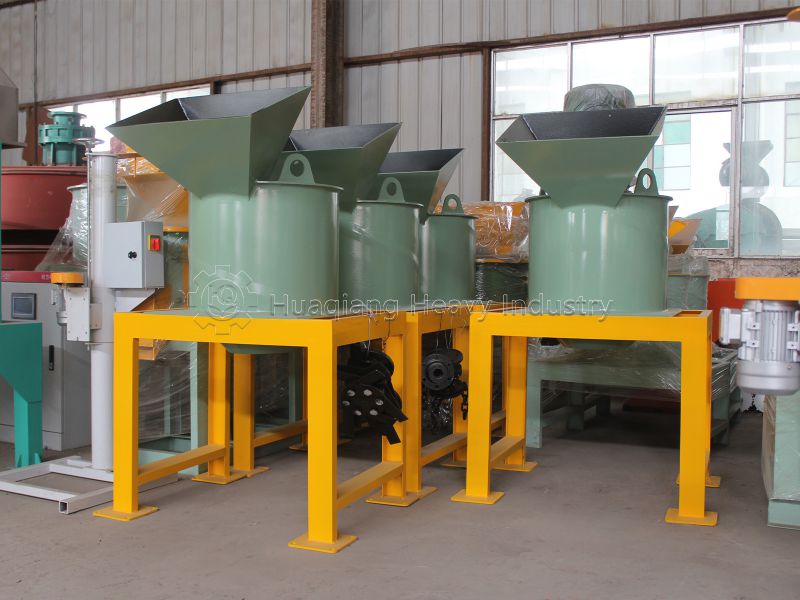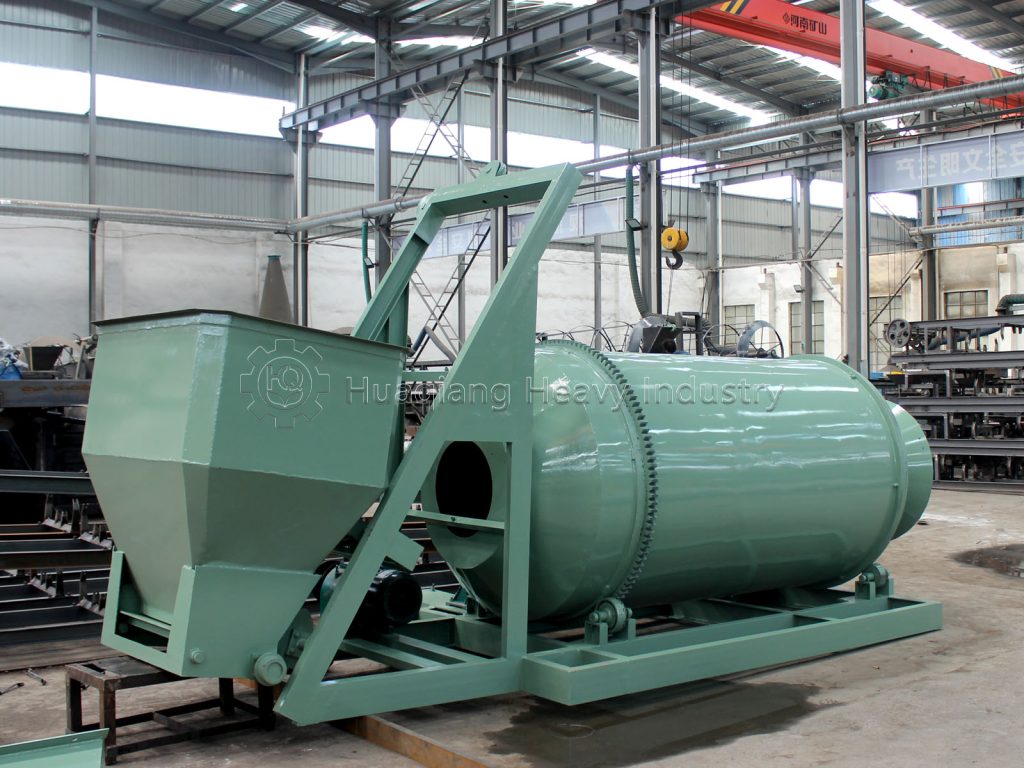Insights into flat die granulator market development trends
Technological innovation is the core driving force behind the development of flat die granulators. The use of new materials makes equipment components more wear-resistant and corrosion-resistant, extending the equipment’s service life. The introduction of intelligent control systems enables real-time monitoring and precise adjustment of equipment operating parameters. Operators can remotely control the equipment via a computer or mobile phone, adjusting parameters based on material characteristics and production needs, improving production efficiency and product quality. Improvements in energy-saving technologies have reduced equipment energy consumption and production costs, giving flat die granulators a competitive advantage in the market.
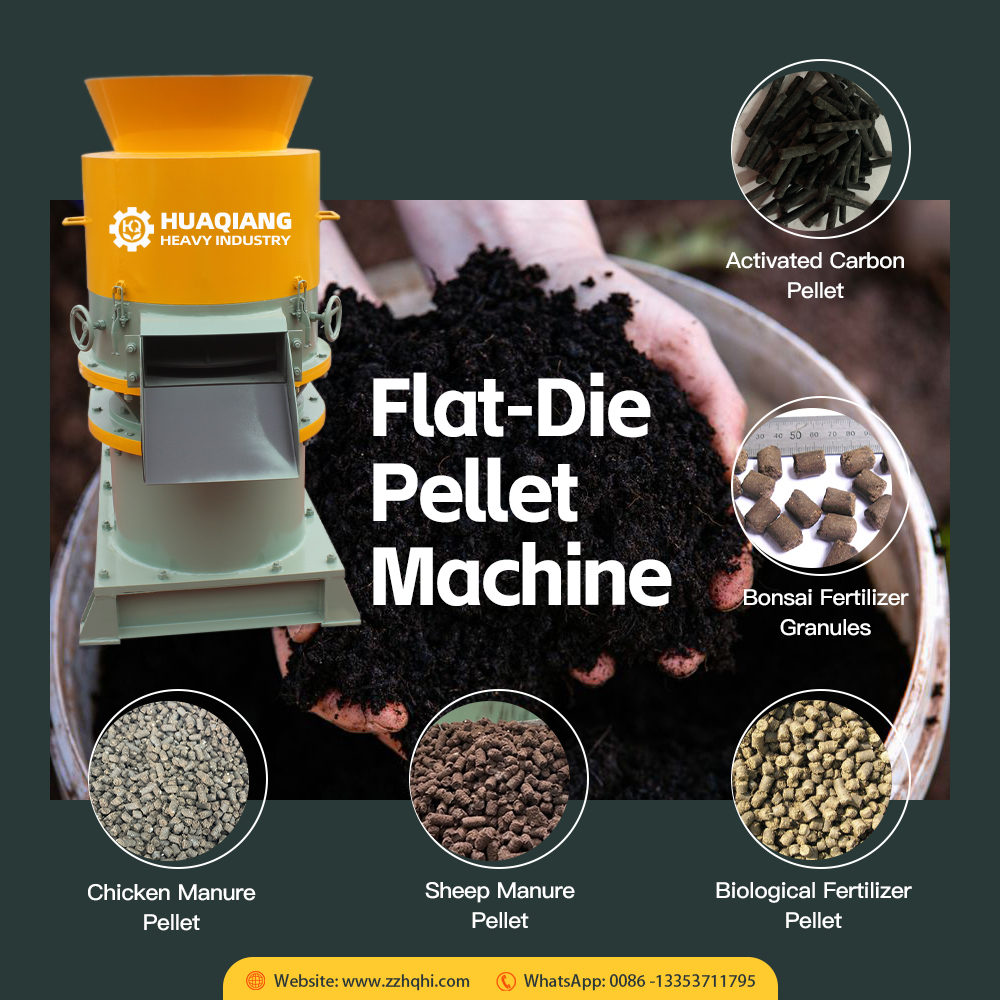
With growing environmental awareness and the demand for comprehensive resource utilization, the raw materials processed by flat die granulators are becoming increasingly diverse. In addition to traditional biomass feedstock, a wider range of industrial waste, such as waste paper pulp, waste plastics, and waste residue, are now being processed. This not only broadens the raw material base and reduces production costs, but also reduces and recycles waste, significantly impacting resource utilization and environmental protection, and promoting the development of a circular economy.
Against the global advocacy for energy conservation and environmental protection, flat die granulators are constantly exploring new approaches to reduce energy consumption and emissions. On the one hand, by optimizing equipment structure and transmission systems, energy utilization rates are improved and energy consumption per unit of product is reduced. On the other hand, by adopting clean production technologies, pollutant emissions during the production process are reduced. Complying with environmental protection policies and market demands not only earns a good social reputation for the company, but also provides more market opportunities and promotes sustainable development.
